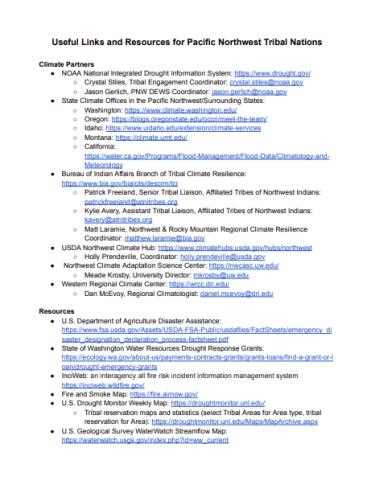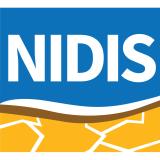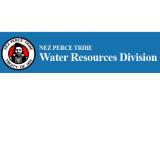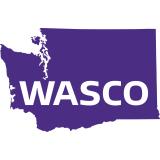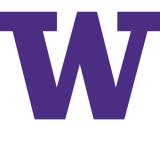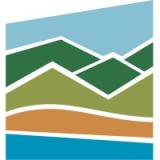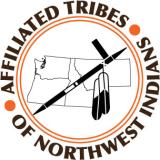Pacific Northwest Tribal Nations Drought & Climate Outlook Webinar: July 25, 2024
The July 2024 Pacific Northwest Tribal Nations Drought & Climate Outlook Webinar provided climate and drought updates, including about recent drought development across the Pacific Northwest, and information on drought impacts and responses at the Nez Perce Tribe.
This webinar was a special edition webinar tailored for Tribal Nations in the Pacific Northwest and in response to developing and rapidly intensifying drought conditions across the region. The webinar provided Tribal Nations and other interested parties in the region with timely information on current drought status and potential impacts, as well as a preview of current and developing climate events.
For more information, please contact Crystal Stiles (crystal.stiles@noaa.gov).


